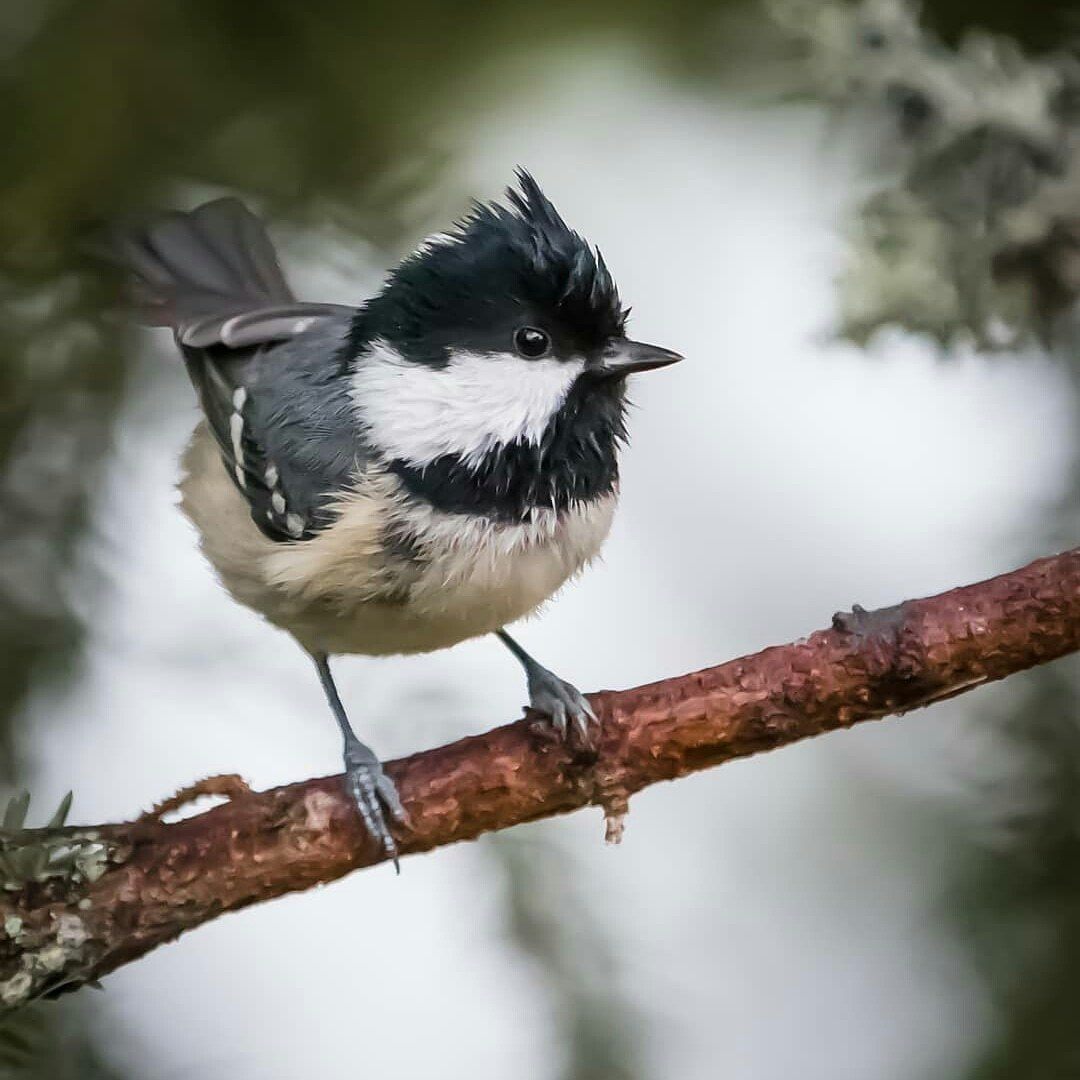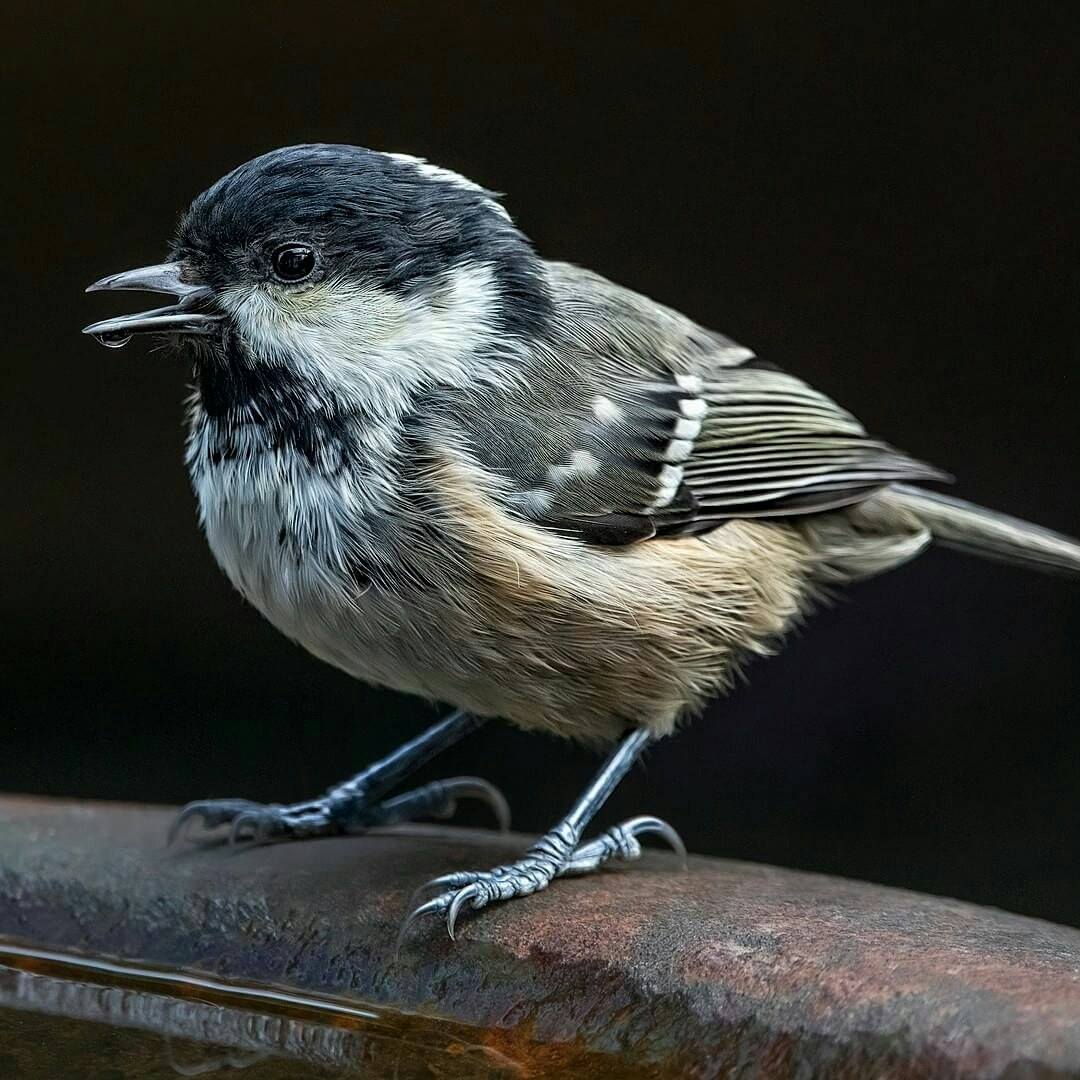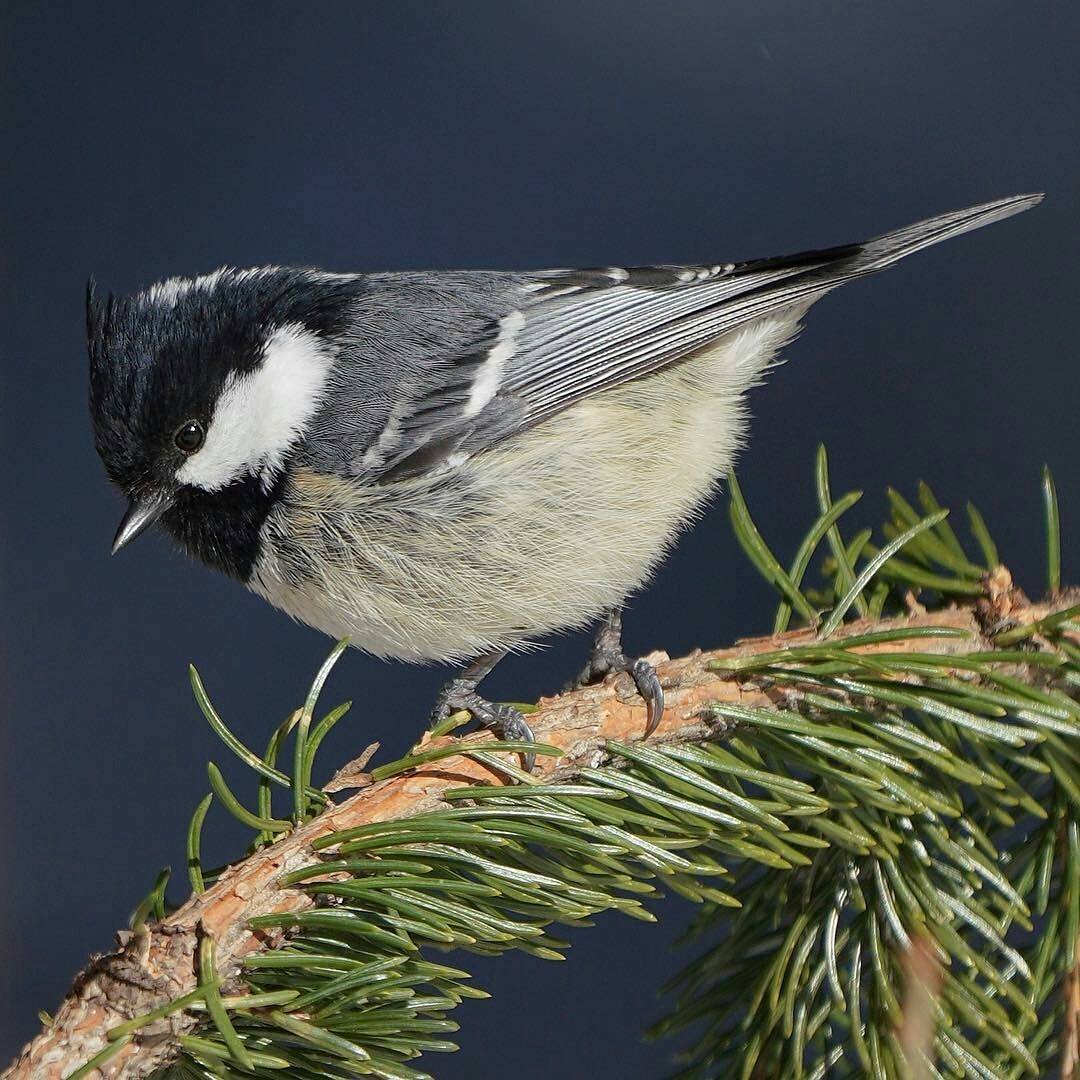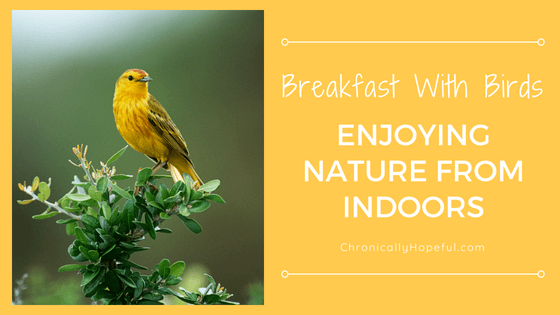After moving to our new house last week, we hung our first bird feeder out on Monday and waited (im)patiently for the birds to come eat, but they didn’t. No birds to be seen at all. We were disappointed, but I knew that they would come – they just had to discover the spread first.

Photo By @domlimphoto
After days of silence and stillness in the garden, on Wednesday morning, a brave little birdie came hopping along the fence to inspect the feeder.
He was very nervous and dashed away at the slightest noise or movement. He came back though. A few times throughout the day. And then, to our delight, he brought a friend!

Photo by @eco1234567890
Frenzy At The Bird Feeder
Thursday we saw our little pair back again. Dashing between the feeder and a nearby tree. They like the suet seed ball more than the loose seeds and haven’t bothered to drink any water.
Today is Friday and not only did we have our little buddies back at the feeder, but at one point they flew off and returned with a bunch of friends! There were so many of them, it was marvellous!
Their song is quite sweet too. A very dainty tweeting. While my sister and I sat at the kitchen table for breakfast, in front of a huge window, enjoying the view, we could not have predicted all of this. It was so fun!

Photo by @caperelux
Some Facts About Coal Tits
Scientific name: Periparus Ater
Appearance
They are small birds, about 12cm, with a grey back and cream belly. They have a black cap, white cheeks, a white patch behind the neck and a short beak. The juvenile birds have yellowy grey plumage which becomes paler when fully grown.

Photo by @grahamjefferyphoto

Photo by @sheenas_nature_trail
Habitat
They live in woodland areas and are well adapted to feeding in conifers due to their smaller beak. Coal Tits are also commonly found in parks and gardens year round. They nest in holes in trees, lining them with soft materials, like moss, feathers and animal fur.

Photo by @sat.simizu
Breeding
They are monogamous birds, and will lay about up to 10 eggs between March and June. The eggs are white with reddish speckles. The young birds will leave the nests after about 2 weeks.
Diet
They eat insects, seeds and nuts and will hover or hang upside down to reach any food hiding under branches or leaves. They also like to store seeds and nuts for later.
Attracting Coal Tits To Your Garden
When you’re stuck indoors due to chronic illness, like I am, having some feeders can bring so much joy to one’s day. I absolutely love observing these tiny little birds, they’re so entertaining!
This page contains affiliate links. This means I will make a small commission, at no extra cost to you, should you make a purchase after clicking on one of my links. Thank you so much for your support!
To attract these Coal Tits to your garden, stock your bird feeders with: black sunflower seeds, pinhead oats, shelled peanuts, berry suet, or suet fat balls. Planting fragrant flowers that attract insects will also help.
If you think you might want to try attracting birds to your space, here are some of Amazon’s bestselling bird feeders. Some even have a built-in camera which sends a live feed to your phone while others come with suction cups so you can attach them directly to your window!
Oops! Product Not Found.
Oops! Product Not Found.
My Observations
The Coal Tits in our garden live in a large conifer. They fly between the feeder and the tree constantly while feeding, probably storing bits of food for later or feeding their young. They return often throughout the day.
There is a large number of them and they take turns at the bird feeder, dashing between the wooden fence, the feeder and nearby trees. They also enjoy playing in the Butterfly Bush (Buddleja) where they are probably finding insects to eat. They’re not too noisy, having a clear, sweet whistle. (YouTube audio recording)
I have noticed they prefer the suet seed balls in a caged feeder to the loose seeds in the plastic tubular dispenser, but this could simply be because the seed balls are easier to get to and most of the younger Tits haven’t yet figured out how to reach the seeds in the dispenser.
Some of the adult birds do take advantage of the quieter seed dispenser during the frenzy at the seed balls though!
References

Pin This Post!
Photo Credits
Please support the wildlife photographers whose images I have shared on this page.
- domlimphoto on Instagram
- eco1234567890 on Instagram
- caperelux on Instagram
- grahamjefferyphoto on Instagram
- sheenas_nature_trail on Instagram
- sat.simizu on Instagram




I just love seeing you interact with nature! Your new home seems like it’s been a great experience!
Thanks, Mishka! It has been wonderful.